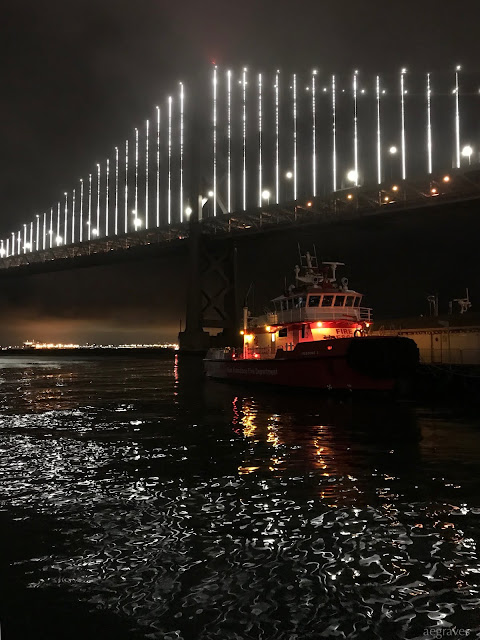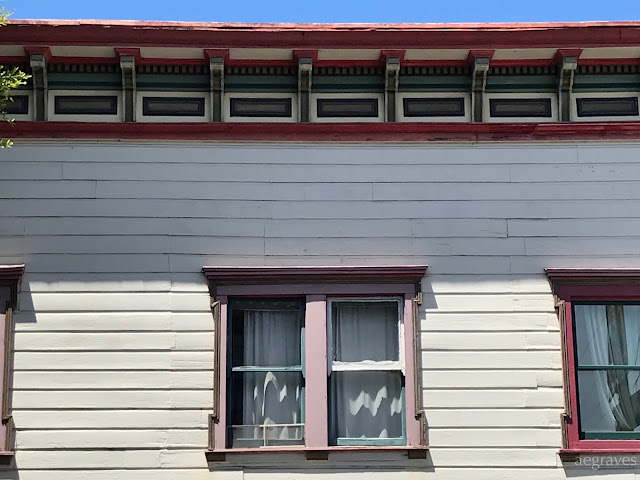I purchased this book, Invisible Women: Data Bias in a World Designed for Men, by Caroline Criado Perez at my local independent bookseller in April, and am finally getting to read it now.
IT IS EXCELLENT. And the cover design, shown above in this collage, is BRILLIANT.
I've long known that women are excluded from decisions and plans relating to our environment. After all, I trained as an architect, and was told to always design everything to suit a six foot tall, able-bodied man. I was told this is so my designs would suit "everyone," but this couldn't explain why I spent so much of my time pulling items off high shelves for other women throughout my life. (My size privilege as a tall woman is still one that I use for others with great awareness, by OFFERING my assistance normal-sized, pensive women staring upwards at out-of-reach-for-them-items. I am beloved by many a grandmother to this day.) It didn't explain why some of my colleagues had to suffer through sitting in chairs which didn't allow their feet to touch the ground, or why my wheelchair-using colleagues were not being well accommodated. It didn't explain why my female relatives had to wait so long to have common medical conditions diagnosed, or why popular medications fail to work for me or others in my family. But there is a pattern to it all, and data shows the pattern.
This engagingly written book covers a lot of topics and features abundant data (with abundant, end-noted citations), showing how excluding women creates harmful, life-or-death issues. She cites studies which show that women who have heart surgery don't heal as well, because they are still expected to provide caregiving to others, while men heal well because they RECEIVE caregiving. (Single women without families heal measurably better!) Doctors look for typical male symptoms for heart attacks, rather than those of women, which doesn't lead to good medical outcomes... Certain lifesaving, pacemaker-type devices aren't given to women, because they are recommended and configured for male heart rates... Women die in car wrecks at a significantly higher rate and suffer worse injuries in car accidents generally because car safety features are built for and tested on people (and models of people) larger and differently weighted than they are. And study results can differ dramatically in male and female mice - and the goal should be to test both and sex-sort the results, rather than only use male mice, but this is... controversial to male panels who approve what studies get funded. *heavy sigh*
She covers social phenomenon also: yes, it is documented that living with your husband ADDS SEVEN HOURS OF HOUSEWORK to YOUR week, if you are a woman, over what you'd do if single! (I know this from real life, but it's nice to see it in structured studies.)
This is a fantastic, timely book.



















